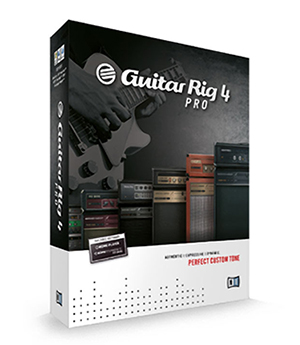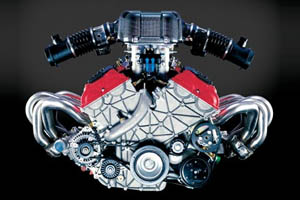Here is an absolutely awesome sword guitar from the ESP Custom Shop. It was custom made for The Alfee's guitar player Takamizawa. The Alfee is one of the biggest rock acts in Japan and Takamizawa is well known for his Angel and other Gothic themed guitars.
It is a pro quality instrument that actually sounds AMAZING plugged and unplugged. Very loud and resonant unplugged. The action can be set anyway you want it and is currently super low. It is all hand carved etc. These start at around $12,000 or so new so offer accordingly.



















